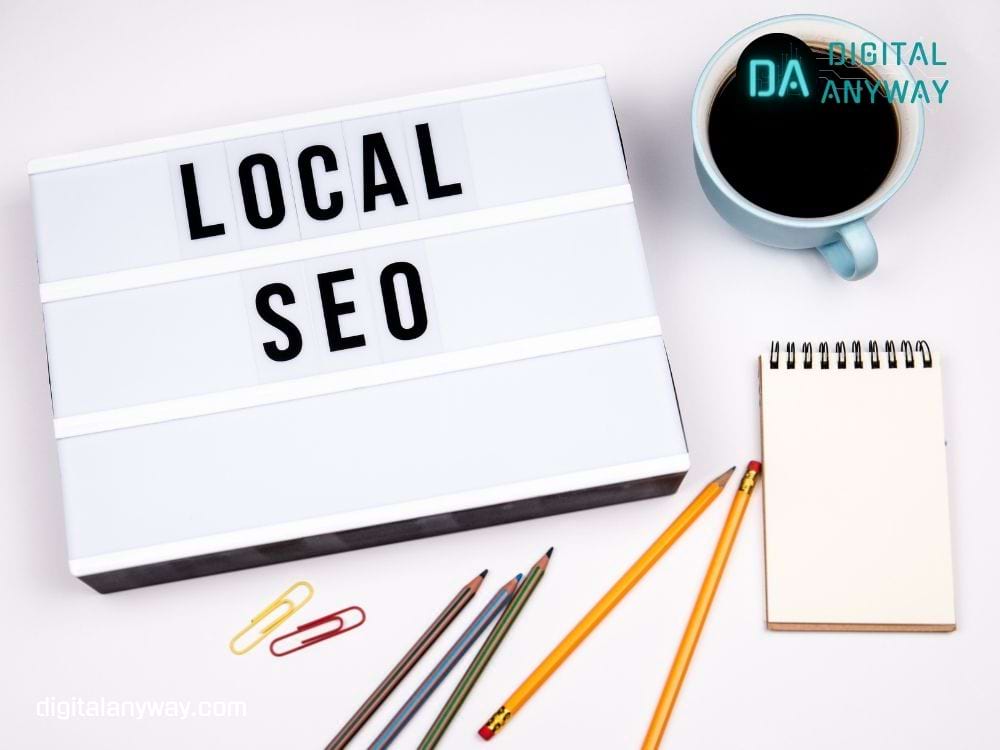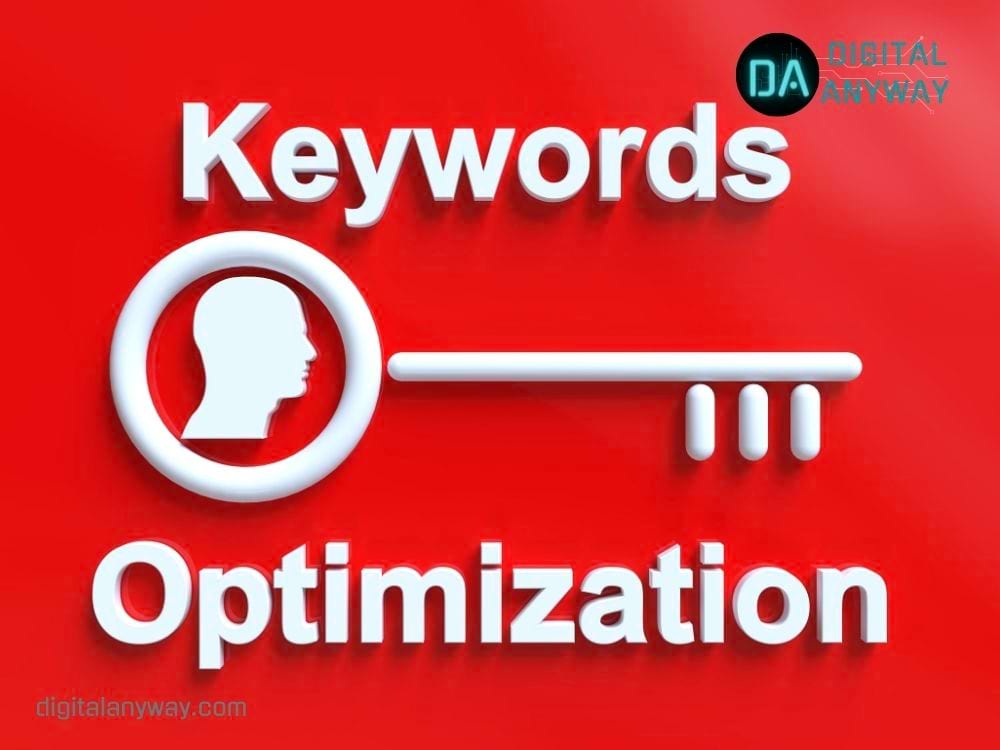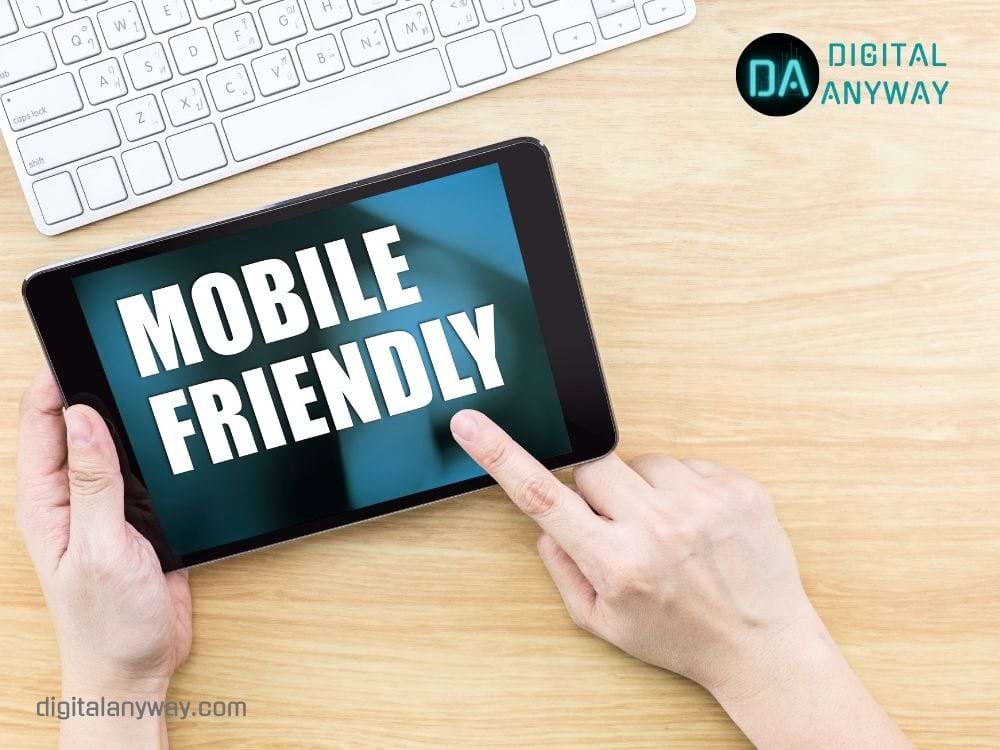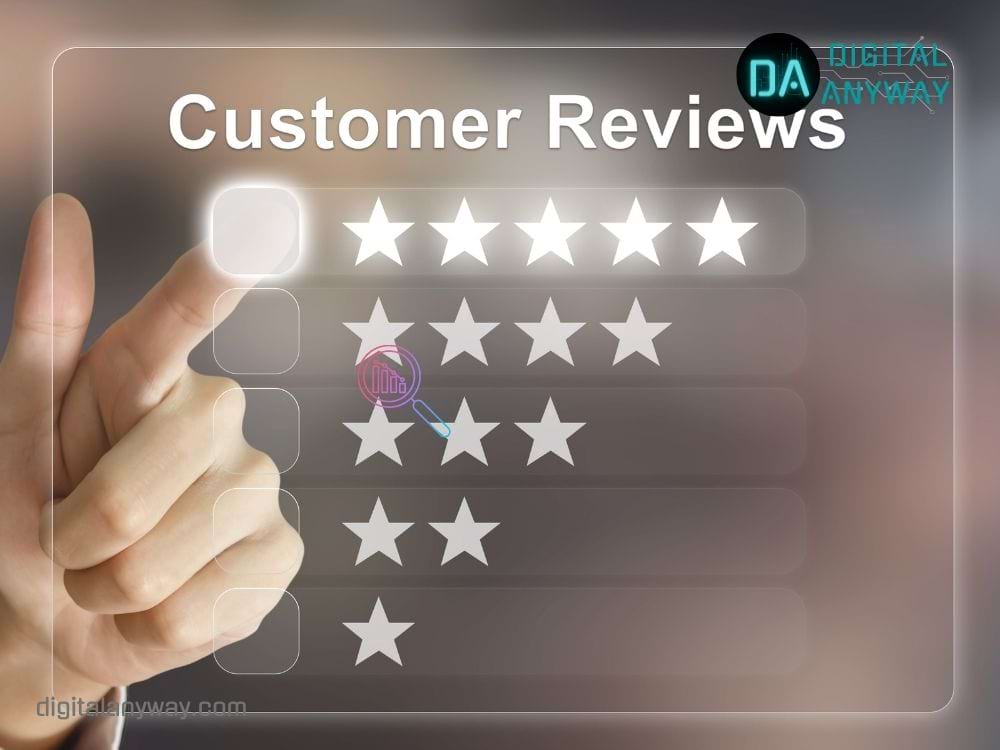Any website that wants to rank on a search engine’s first page must fulfill the requirements of SEO. But have you heard about local SEO services?
Almost 46% of Google searches are related to local information, and 97% of searches are happening on Google to find local businesses nearby. And for small and medium-sized business owners, local SEO can help them to grow online and be visible to local customers.
Implementing local SEO services to your business and website attracts local customers and helps you rank on the first page for local searches. People have started relying entirely on the internet to find nearby places to visit.
To help you optimize your business for local SEO, we’ve compiled a guide for you to understand local SEO services mistakes you shouldn’t make.
What is Local SEO?

Local SEO is a marketing tactic that helps businesses to get on Google for local search results.
Here’s How It Works
When any user searches the services nearby the geographical location you serve, your business appears on SERPs because you have optimized the website as per local SEO.
This practice is for all businesses that want to appear on search engine results in their local area.
Let’s take an example.
Say you have a brick-and-mortar pharmacy business in New Delhi. And you want your store to be visible first whenever someone searches for a pharmacy from New Delhi. Now, you’re smart. You read this post earlier and deployed local SEO on your website/store. Therefore, your chances of ranking on this search are now higher.
You can either do local SEO for yourself or hire a digital marketing expert to do it for you. By utilizing local SEO services from an agency, your business targets relevant traffic and sells more products or services.
Although local SEO is not much different from SEO, it effectively relies on local content, links, and citations available for the most relevant results to users from the specific area.
How Does Local SEO Work And Why Should It Be Done Right?

You must know the steps to make your website ready to climb the SEO ranks for a local business. It would be best to see the series of actions to implement the correct local SEO services on your website.
- The first step should be to claim and optimize your Google My Business profile.
- Secondly, optimize your website with keywords that describe your business accurately.
- Last is citation building—mentioning your contact info on the website and at all the places where your business is present.
Local SEO search has become increasingly popular, and Google considers multiple factors while ranking your website.
It also reviews the number of customers looking for business right where the customer is located, improving your chances of visibility in SEO.
And if done correctly, more people are likely to visit your website, call you and decide to visit your store. Another advantage is getting more conversions for your business.
So as long as your mantra is to attract more traffic, build your reputation, and grow your business on local SEO, you will always be ahead.
10 Terrible Mistakes To Avoid While Doing Local SEO Optimization
Knowing the right thing to do at the right time regarding local SEO is essential if you want to stay ahead of your competitors. So let’s go through the main mistakes you must avoid being successful with your local SEO work.
Avoid Broad Keyword Targeting, Keyword Stuffing & Over-Optimization

Keyword stuffing is about jamming your page with one targeted keyword to get a higher rank on SERP. But beware, as you can’t fool Google with its intelligent algorithm.
Many people practice keyword stuffing, eventually over-optimizing their page and not making it user-friendly. This is familiar mistake business owners make very often, resulting in poor user experience for the visitors and spamming the search engine.
Instead, take this suggestion of using a targeted keyword naturally in your page, content, and website so that web crawlers can consider your content. Take up one or two target keywords and optimize your page. That way, Googlebot will understand you as a genuine business and categorize your content.
What to do instead:
As a Local business, you’ll benefit more if you target geo-specific keywords as it narrows down the scope and increases the chance of visibility. Additionally, geo-specific keywords are less competitive than generic ones, improving the ranks for more relevant searches.
Forgetting To Optimize Images And Content Metadata
Using stock photographs and images sourced from high-resolution cameras or phones is widespread.
But in their original form, these images have large dimensions and are optimized for web use. However, many web designers will upload the raw image as it is without compressing and resizing it for a more suitable size.
Due to this, the total size of web pages increases to megabytes, further taking longer to load on mobile devices.
It’s a concern because the website gets slow, and no one wants to wait so long for a web page to load. And this is most likely to lead to high exit rates from your websites.
What to do:
If you want your website to perform well in local SEO searches, make sure you are constantly optimizing your images in size and dimensions to make the loading faster on your website for every device. Also, use attributes like title tags and meta descriptions to explain your site content in search engines better.
Not Having A Mobile-Friendly Site

Most people search for local businesses nearby on mobile devices. It’s easier for anyone to inquire about the stores and businesses using mobile instead of desktop.
And while you are thinking about improving your local SEO ranking, it would be your biggest mistake to ignore optimizing your mobile sites.
Ever since the Google algorithm changed in 2015, it has started taking mobile-friendliness as a ranking factor. And even more, Google now considers mobile-first indexing, so your mobile website will be the primary website Google analyses for ranking purposes.
What to do:
Your main focus should be creating a mobile-optimized website to compete in the local search results. You need to check several factors for your website to be mobile-friendly: website loading time, user-friendly navigation, GMB reviews, and updated contact information.
Not Maintaining Your Google My Business Profile
Google My Business is something that you create for people, which is why it is essential for local SEO. The listings on Google My Business help your business rank and show up on SERP for local searches. This factor accounts for 14.7% of local ranking signals on Google. It includes your business name, location, phone number, photos, website URL, business description, customer reviews, and other important information.
Ensure that you are correctly categorizing your business, as well as you are consistent in updating the business information.
What to do:
As a business owner, ensure you keep your Google My Business up-to-date as it is how your customer will interact through your website. Providing the above factors in your account, more likely your business will appear in the search result. Respond to reviews regularly and try to get a 5-star rating for your website; customers often visit your page based on reviews and ratings.
Lack of Call To Action

Getting traffic to your website is one thing, but enticing them to take action on your website is much more critical. This is where the Call to Action comes into play. It should be evident and persuasive, making your visitors click and take action. Not doing so might result in losing out on potential business opportunities.
So if you notice high bounce rates, high exit rates, or a lack of transactions on your website, one reason might be the ineffective CTA. And this can affect your Google Analytics reports.
What to do:
Do not ignore signs of high bounce rates, and consider working on your CTA to remove any roadblock to the high ranking of your website. Google’s bot crawls to observe the CTA on your website that checks just how your business resonates with searchers.
Not Building Local Citations
For any business, it is of utmost importance to work on.
Local citations. It is about maintaining NAP (name, address, phone number) which includes your business name, address, phone number, and other information that is visible on the web on every page of your website.
Please ensure that you use correct spellings, phone numbers, and website details on each platform, whether social media platforms or your website. It’s important because Google bots crawl through information on all the platforms about your business, and if there are any discrepancies, it may not show your business in search results.
What to do:
Avoid the common mistake of including NAP in images only since images can’t be crawled. Besides that, correct NAP across all the platforms improves your local SEO and conversion rates.
Not Optimizing the Content
Your website content, such as landing pages, product pages, on-page text, and blogs, significantly improve your results on SERP. Google monitors the quality and credibility of your content for the ranking factor, which is why it should be well-optimized, accurate, relevant, and keyword-focused.
But don’t just think that including target keywords everywhere will get you to cut down the competition on local SEO. You will also have to update your content quality by providing the most recent and quality content to your local customers.
What to do:
As is known, “content is the king”; it is. You can ensure you are not uploading, using irrelevant content, or doing keyword stuffing. Instead, optimizing and updating your content with Google’s Algorithm compliance and writing a blog consistently will improve your rankings.
Lack of Local Reviews

The most significant advantage of having your Google My Business page is that customers share the reviews about their experience more quickly and scan the reviews about your services. You must try getting quality, rich and high-quantity reviews for a better position in local SEO.
Almost 8 out of 10 customers go through google reviews before purchasing on your website or going through the website. Positive reviews help google crawlers understand whether the website is genuine, thereby improving your ranking organically.
What to do:
As you have created your Google My Business page, reach out to your existing customers who have already used your services and ask for reviews.
Make sure you are also actively replying to the customer’s reviews. Responding to the reviews of customers is a significant step to show you care about resolving their issues while ignoring them will invite bad reviews.
Not Monitoring Your Competitive Search Landscape
It would be best if you started keeping an eye on what your competitors are doing so that you can adjust your strategies accordingly. Not monitoring your competitor’s website and performance might push you toward the edge of losing rank on SERP.
What to do:
Focus on their content, target keywords on which their content is ranking, backlinks, and customer reviews. Going through what your competitors are doing on Google and other social media pages will keep you aware of the competition around you.
There are many tools like Semrush, where you can do competitive research and check what others are doing in the industry or which keyword is most prevalent in your area.
Local Link Building

Building high-quality, ethical whitehat links increase the likelihood of acquiring a good rank in local SEO. However, many websites and business owners need to learn how to do quality link-building that doesn’t cause them penalties, which is why they often avoid link-building techniques.
Although link building is slow and methodical, it reaps the reward in the long run. This factor helps Google understand your business’s local relevance while demonstrating content value for generating the link.
What to do:
You need to prioritize creating quality content for building reputable local links. You can also research where your competitors are getting the link.
Conclusion
So, this is our list of mistakes you must avoid if you are targeting local search and SEO strategy. It would be best if you avoided all the mistakes mentioned above to make your presence strong for local SEO optimization.
Local SEO is growing more than ever, and you can’t go wrong when optimizing your website for improved results in local SEO if you have a storefront and seek brand recognition in your area.
